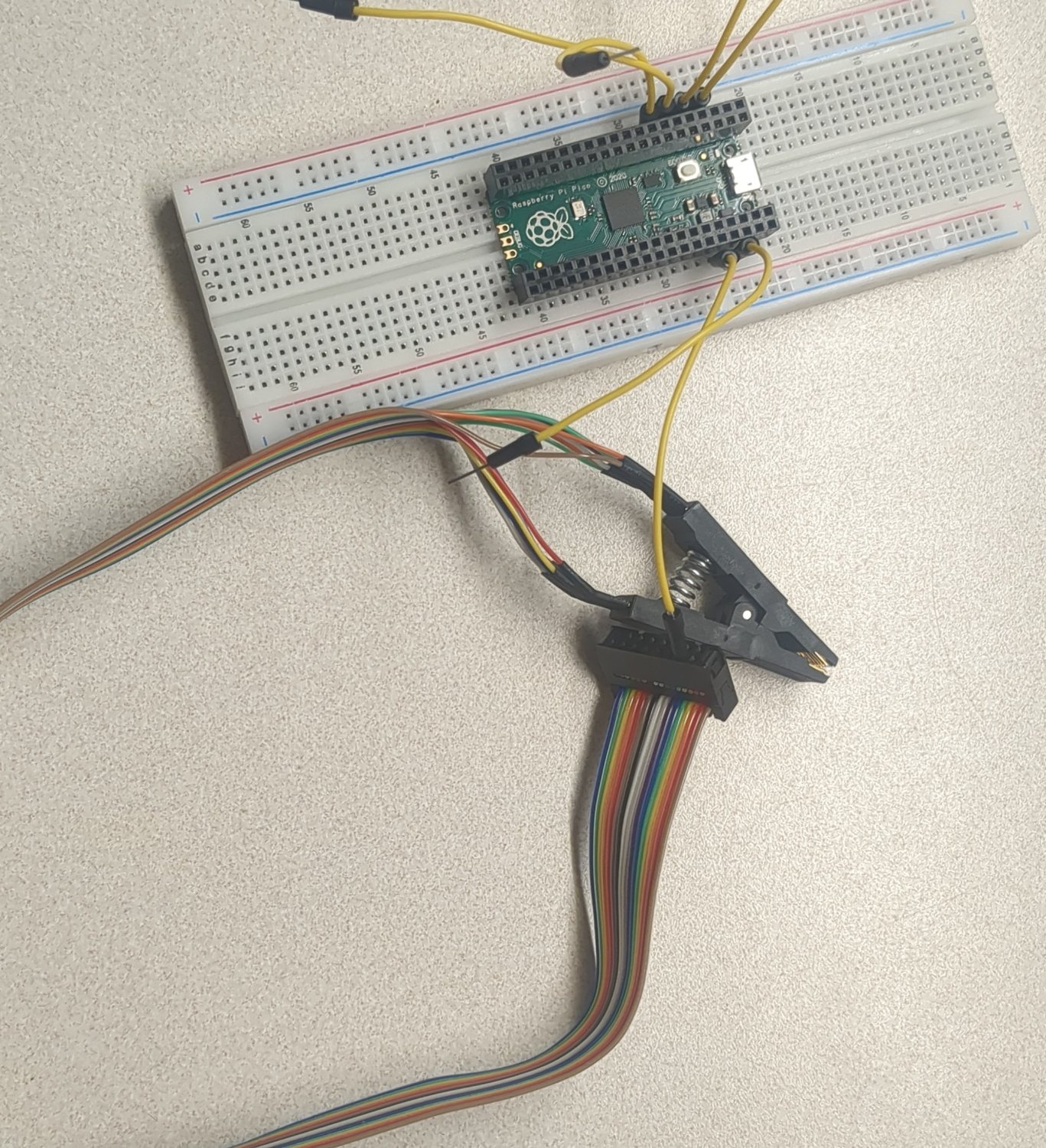this post was submitted on 10 Oct 2024
89 points (98.9% liked)
Linux
48663 readers
610 users here now
From Wikipedia, the free encyclopedia
Linux is a family of open source Unix-like operating systems based on the Linux kernel, an operating system kernel first released on September 17, 1991 by Linus Torvalds. Linux is typically packaged in a Linux distribution (or distro for short).
Distributions include the Linux kernel and supporting system software and libraries, many of which are provided by the GNU Project. Many Linux distributions use the word "Linux" in their name, but the Free Software Foundation uses the name GNU/Linux to emphasize the importance of GNU software, causing some controversy.
Rules
- Posts must be relevant to operating systems running the Linux kernel. GNU/Linux or otherwise.
- No misinformation
- No NSFW content
- No hate speech, bigotry, etc
Related Communities
Community icon by Alpár-Etele Méder, licensed under CC BY 3.0
founded 5 years ago
MODERATORS
you are viewing a single comment's thread
view the rest of the comments
view the rest of the comments

You should check whether Pi Pico is supported by flashrom.
If it's supported, then you can flash. At the end of the day, your BIOS doesn't care how it get in there.
Could errors during the flashing process be dangerous though or would it just mean trying again until it works?
You are flashing the chip directly so apart from inadvertent short circuits and such if it doesn't work you can just keep trying until it does.
As for wire length it all depends on how fast they clock the SPI bus when flashing. You'll probably be able to get away with 20cm or so without difficulty , I've driven SPI displays with that kind of wire length before.
What kind of errors?
Have you read successfully at least? By that I mean getting consistent dump.